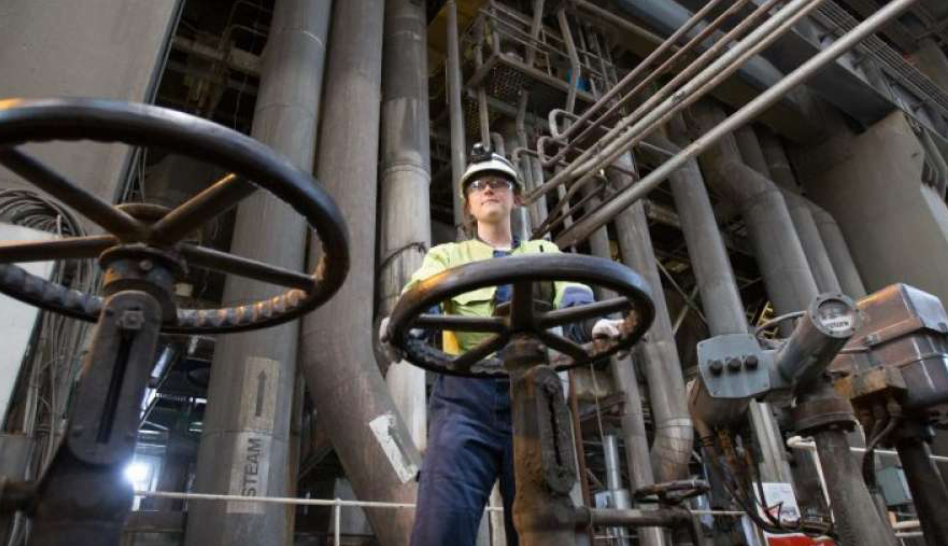
Drax Energy, the company that operates Europe’s largest biomass power plant, is working on an upgrade of the reactor. It is going to be more efficient so that more electricity can be generated from the same amount of biomass. That will ultimately provide biomass energy which will cost 33 percent less. The upgrade should be completed by 2027.
Drax claims to have the largest renewable energy plant in Europe. The biomass plant in the north of England has a total capacity of 2.6 gigawatts for biomass. It can also burn coal in two reactors that produce 1.3 gigawatts of capacity, but these are not generating any power at present and will stop altogether in 2022. The Drax Power Plant is by far the largest biomass power plant in Europe; at number two is Finland’s Alholmens Kraft with 265 megawatts, and at number three is the Netherlands’ Maasvlakte 3 with 220 megawatts.
New tanks and pipes
The plant will continue to play an important role in the sustainable energy supply of the UK in the future. Drax is working on an upgrade of their biomass reactors now in order to keep the energy as affordable as possible by that time. Costing forty million pounds, the work will include a new high-pressure tank for the turbine and new pipes. These kinds of upgrades should make for a much more efficient plant and subsequently lower costs. Drax expects that this will bring down the price of biomass by a third.
This is critical as it makes the revenue model for this form of sustainable energy more palatable. Although biomass is not necessarily more expensive than fossil fuel, it does require modifications be made to reactors. If power stations all over the world were to switch from coal to biomass, this would call for major investments. The sooner you recoup those, the sooner energy companies will make these kinds of investments and fossil fuels will eventually become obsolete.
Biomass is controversial
Biomass as a sustainable fuel is not without controversy. For example, its sources are sometimes difficult to verify. Critics say that if biomass comes from trees that have been specifically chopped down for biomass, it is not genuine sustainable electricity because the CO2 stored in the trees is released during incineration. If you use residual products such as plant-based waste, then that’s a different story.
This innovation in England demonstrates that the price of biomass is continuing to drop as the technology improves. Cofiring in existing power plants is already happening in the Netherlands. Yet it is mainly applications in other places that make biomass such a significant source of energy for our country. You can generate heat with it, something that is not as simple with sustainable energy from the sun or wind.
Also interesting: Biomass: a climate killer or transition fuel?
Most of the biomass generated in the Netherlands is converted into liquefied fuel for transport, according to Statistics Netherlands (CBS). In total, 60 percent of the sustainable energy in the Netherlands comes from biomass. Take note: energy is not the same as electricity. The majority of sustainable power already comes from sun and wind, but electricity constitutes only a small part of energy consumption.
This article is courtesy of Change Inc, whom Innovation Origins has an editorial partnership with.

